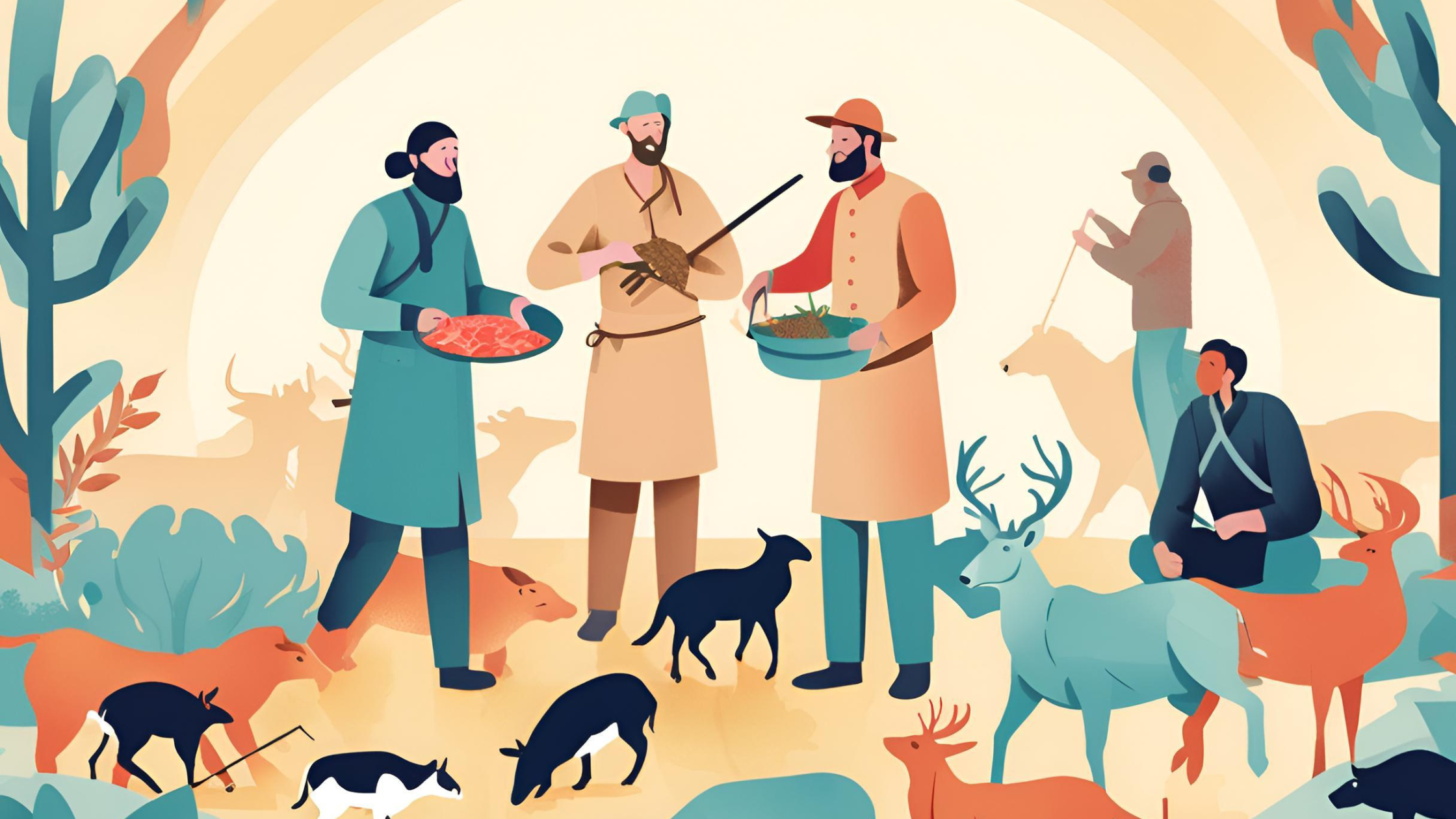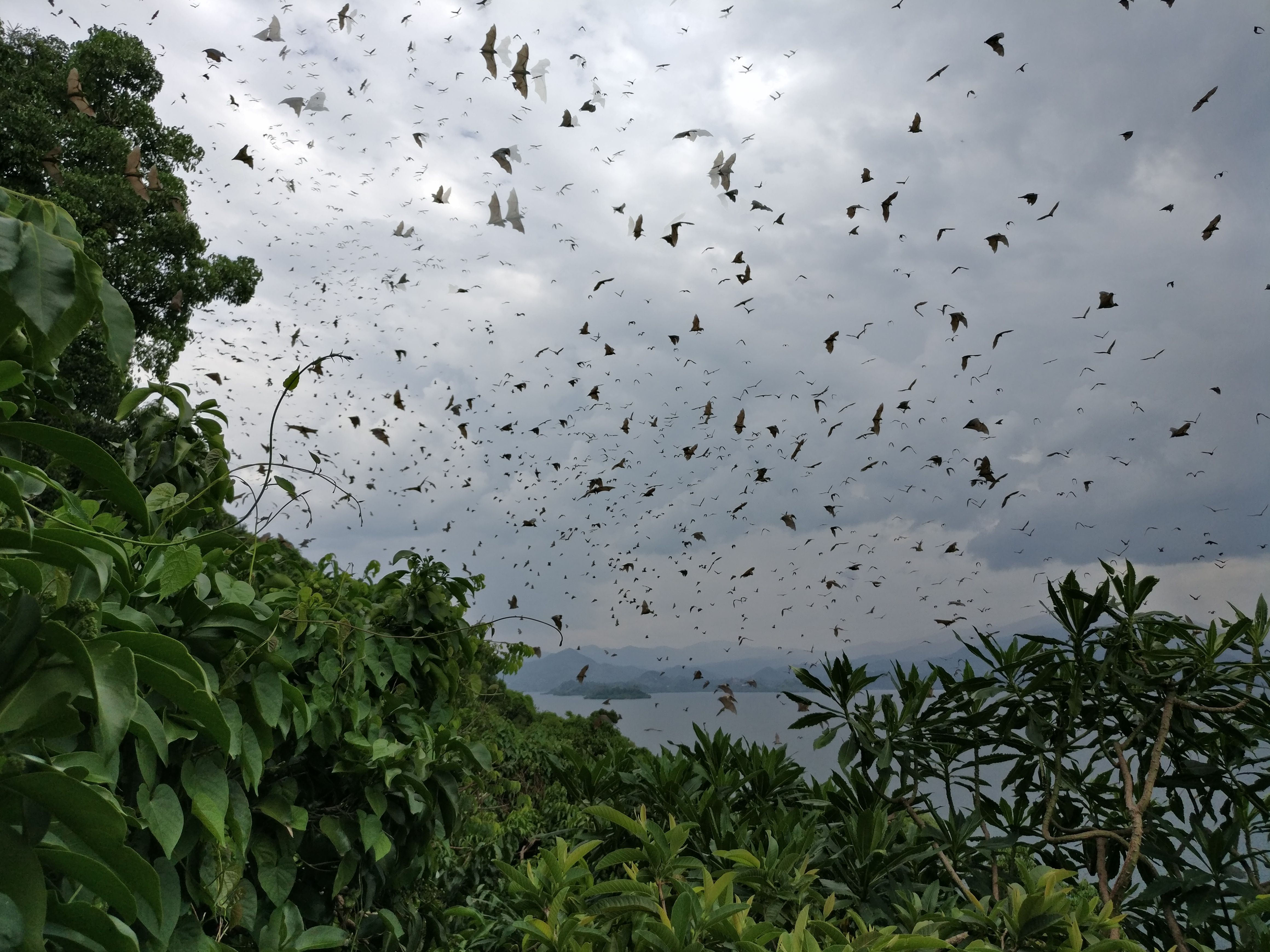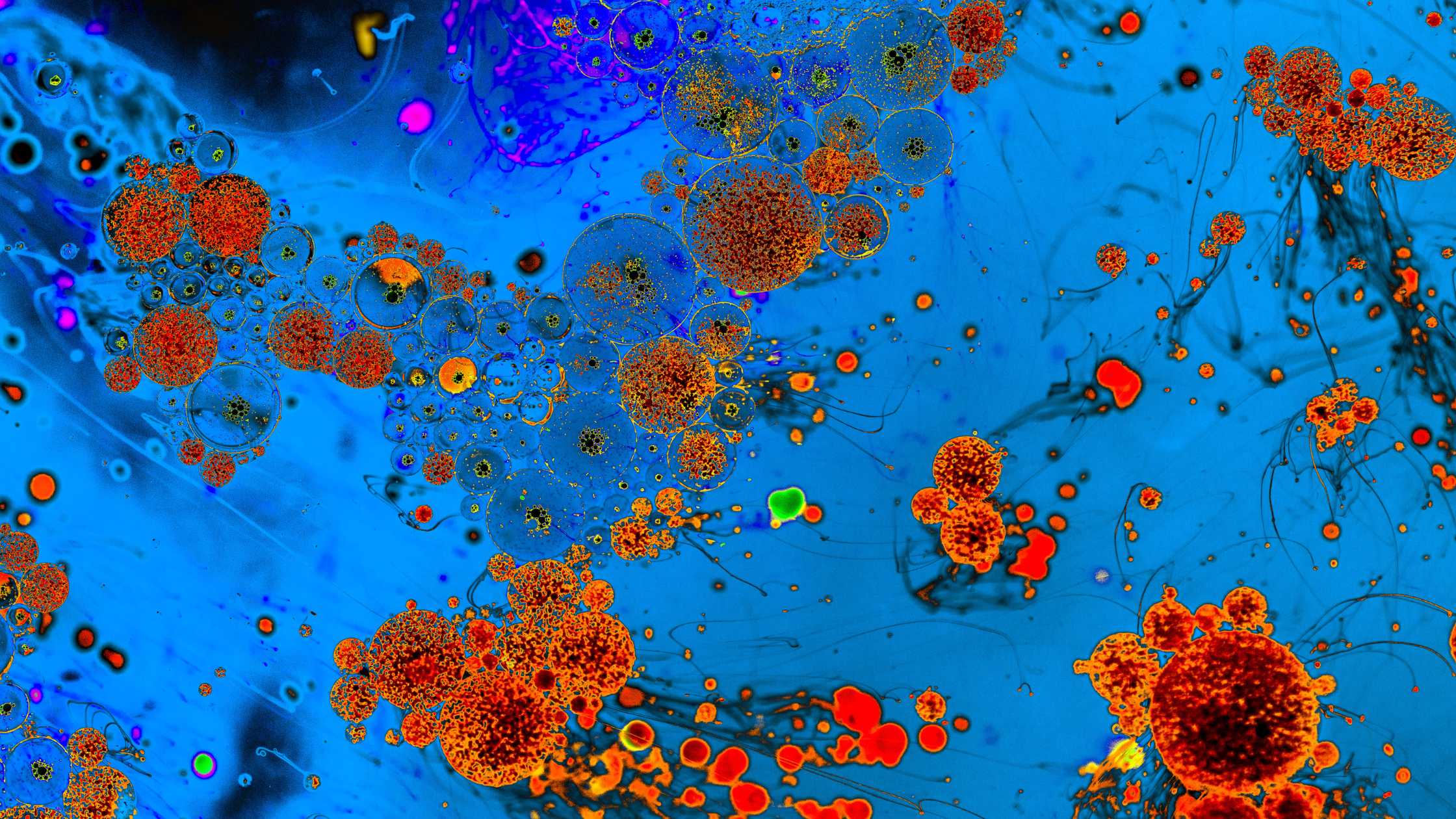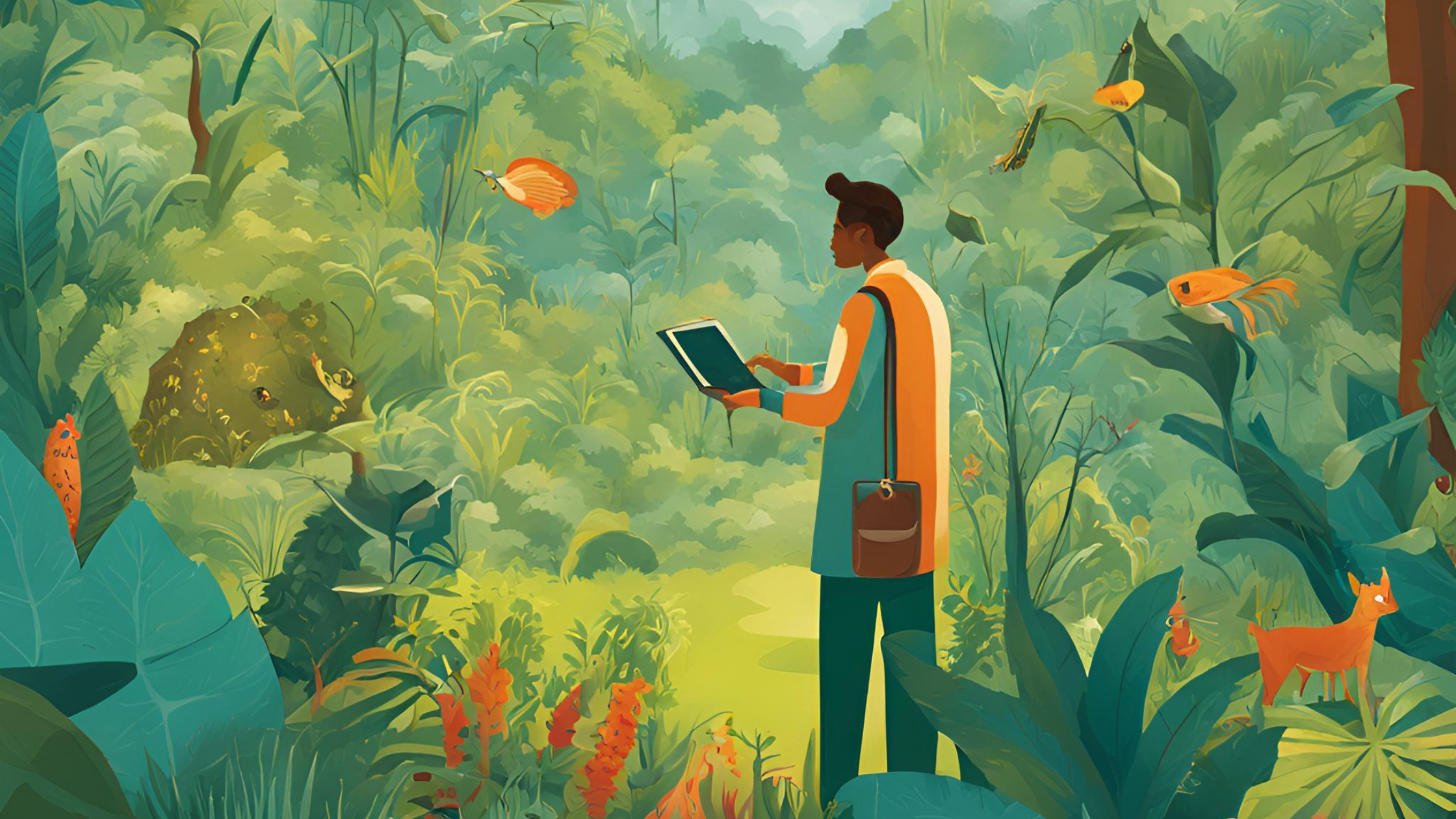Bridging the Gaps in One Health: Insights from the BCOMING Project
In a recent discussion with Alex Smajgl and John Ward from MERFI, partners in BCOMING, we explored the complexities of addressing zoonotic risks through a participatory and integrated approach. Their roles focus on fostering dialogue between scientists and a diverse array of stakeholders. This dialogue involves not only sharing scientific findings but also listening to community concerns and integrating them into a broader understanding of zoonotic disease transmission.

The core of MERFI's work involves maintaining a continuous exchange between science and the community. They engage with local stakeholders in regions like Cambodia, Guinea, and Guadeloupe, where specific zoonotic risks are a concern. During these interactions, community members often highlight factors that matter most to them—socio-economic indicators rather than purely scientific or biophysical ones. This exchange reveals gaps in scientific data that can be surprising and even challenging for the researchers to address.
For instance, while significant research has been done on host species—animals that directly transmit diseases to humans—there is a notable lack of data on "bridge species," which play a role in the transmission chain but are not the primary hosts. These gaps, particularly in socio-economic and behavioural aspects, such as how people hunt, cook, and sell certain animals, are crucial for understanding disease risks but remain underexplored.
Reflecting on these gaps, Alex and John suggest that the scientific community tends to concentrate on narrow, specific questions rather than taking a step back to view the broader context. For example, while we have a deep understanding of how certain diseases like Ebola or SARS-CoV are transmitted from specific host species, we lack comprehensive data on how these viruses move through different pathways in real-world settings.
Stepping back, as Alex put it, involves reprioritising scientific efforts to include multidisciplinary perspectives that connect the dots between zoonotic risks, human behaviour, and socio-economic factors. This approach aligns with the "One Health" framework, which recognises the interconnectedness of human, animal, and environmental health. However, there remains a need for more versatile teams and stronger collaboration between disciplines, including non-traditional roles beyond pure science.
A recurring challenge is maintaining focus on zoonotic risks, which often fluctuates depending on recent outbreaks or perceived threats. For example, during a recent workshop in Guadeloupe, dengue was discussed with little urgency from local stakeholders. However, shortly after, a West Nile outbreak shifted attention dramatically, demonstrating how risk perception can change rapidly.
To ensure sustained attention to zoonotic risks, Alex emphasised the importance of institutionalising response mechanisms. The goal should not be to implement policies purely for reducing these risks but to create policies that provide other benefits while also reducing zoonotic risks as a "side effect." This approach ensures that risk management measures remain effective, even as public interest in specific threats wanes.
The insights shared by Alex and John reflect the need for a more holistic and integrated approach to managing zoonotic risks. The One Health framework, by design, advocates for considering the broader environmental and socio-economic context in which diseases emerge. However, implementing this approach effectively requires shifting away from disciplinary silos and embracing cross-cutting perspectives.
Projects like BCOMING are at the forefront of this shift, highlighting the importance of understanding community priorities, filling data gaps, and maintaining a flexible and inclusive scientific agenda. The ultimate goal is not just to solve specific problems but to create a more resilient and adaptable system for managing zoonotic risks in diverse settings.
In conclusion, Alex’s point about making zoonotic risk reduction a beneficial side effect, rather than the primary goal, offers a compelling way forward. By embedding these measures within broader socio-economic benefits, we can institutionalise more sustainable and effective risk management strategies.


